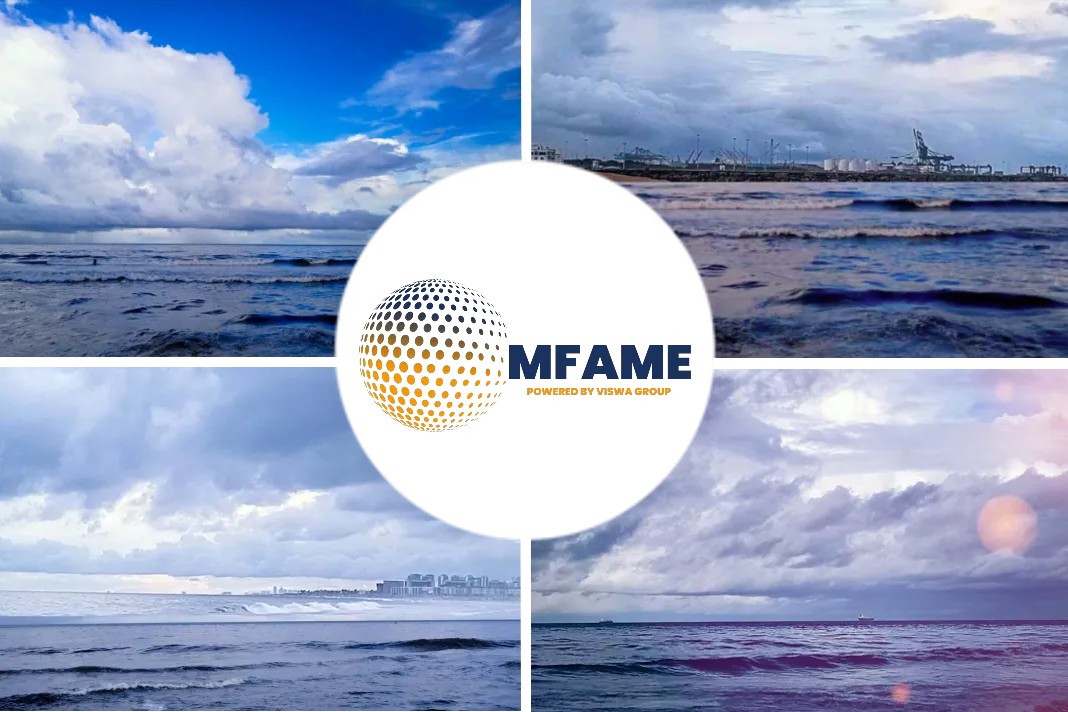 Gate rudder system, designed at the University of Strathclyde, will be demonstrated as part of a €6 million EU-funded research project.
Gate rudder system, designed at the University of Strathclyde, will be demonstrated as part of a €6 million EU-funded research project.
The GATERS project led by the University of Strathclyde under the Horizon 2020 Fund, will see the gate rudder, a novel propulsion and steering system, retro-fitted to a commercial vessel as part of a trial.
What is Gate Rudder project?
The Gate Rudder consists of two uniquely shaped rudder placed in parallel both sides of the propeller instead of placing behind the propeller, which reduces resistance of rudder and create thrust to save the fuel consumption. It is a new type of steering system designed based on a completely new idea.
Working Principle
The fluid force acting on the conventional rudder creates resistance, but the main feature of the Gate Rudder is that it uses the “duct effect” to convert the fluid force into thrust.
“Duct effect” is a phenomenon in which a fluid enters a duct with a special cross-sectional shape that surrounds a propeller to create a velocity difference, and as the result, the forward component of the lifting power contributes to thrust.
Sea trial
The world’s first Gate Rudder system was fitted to the container ship Shigenobu, which entered service in 2018. The voyage data from the vessel’s first nine months of service reveal that this recently patented system could shown ‘remarkable’ fuel-saving potential of 15% in calm waters, while this can be as high as 30% in rough seas, compared with the voyage data of sister ship Sakura, fitted with a flap rudder.
Advantage of Gate Project
- The gate rudder is also quieter than a traditional rudder system, reduces hull wake, and can help to protect the propeller from damage, particularly beneficial in sensitive environments such as the Arctic.
- The gate rudder offers a significant amount of power-saving that cannot be achieved by any other rudder design which is currently available in the market.
- Gate rudder system is highly effective manoeuvrability within coastal and port areas as well as navigating more efficient in waves during oceangoing operations.
Did you subscribe to our daily newsletter
It’s Free! Click here to subscribe!
Source: strath.ac.uk















